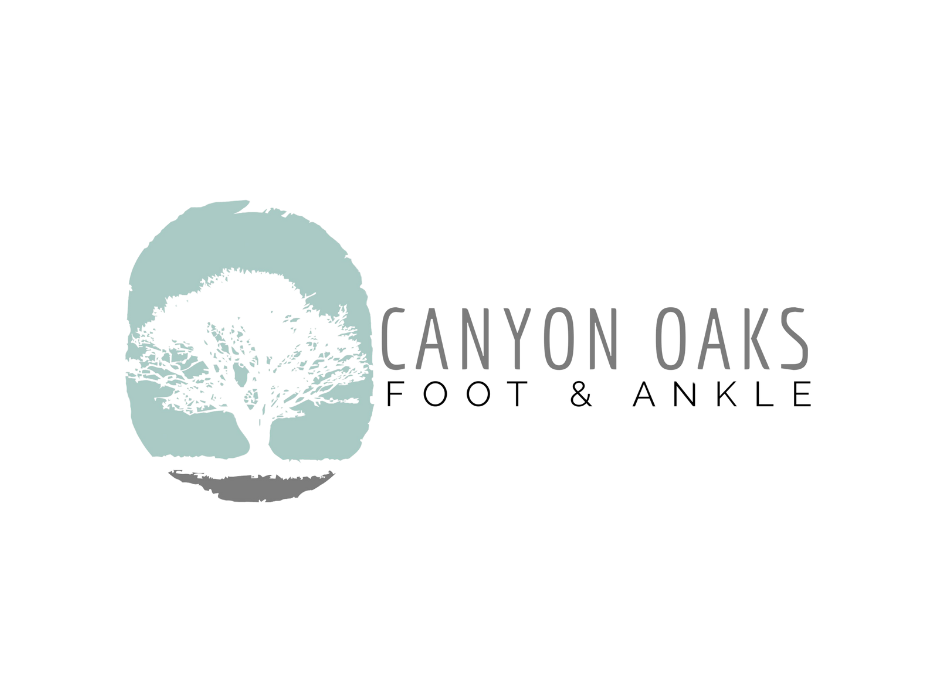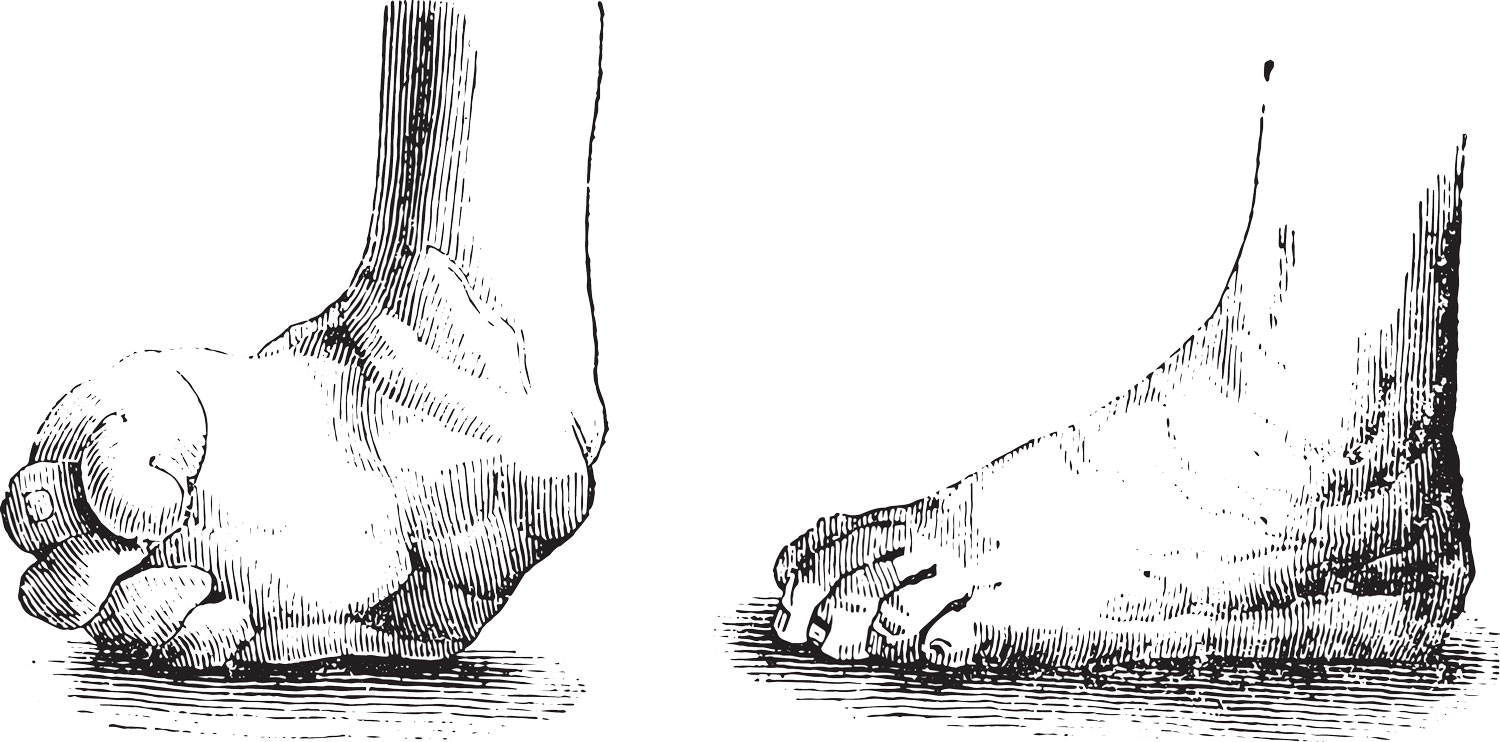Though some cases develop later in a child’s life due to other health conditions, clubfoot is largely a congenital condition.
This birth defect results from abnormalities in the foot and ankle which distort the shaping of the foot and its position. One or both feet may be affected, and cases vary in severity. In cases of clubfoot, an infant’s foot will appear to be positioned sideways or even upsidedown.
What, then, causes clubfoot, and how can clubfoot be treated?
Causes
There are two main categories to classify the causes of clubfoot, the first of which is unrelated to other health conditions, and the second of which is.
Idiopathic (Isolated) Clubfoot
Idiopathic cases of this deformity are a relatively common birth defect with an unknown cause, though it seems genetic history, lack of amniotic fluid in the womb during pregnancy, and smoking during pregnancy play a role in some cases.
“This congenital anomaly is seen in one out of every 1,000 babies, with half of the cases of club foot involving only one foot. There is currently no known cause of idiopathic clubfoot, but baby boys are twice as likely to have clubfoot compared to baby girls.”, says John Hopkins Medicine.
This condition can even be detected in utero via ultrasound, though the condition can usually only be confirmed by examination upon birth.
Neurogenic and Syndromic (Non-Isolated) Clubfoot
In other cases, clubfoot can be associated with other neuromuscular or clinical health conditions including spina bifida, cerebral palsy, arthrogryposis, and more.
Treatment options
No matter the cause or severity of the case, it will not correct itself, making professional treatment necessary. Though not painful at birth, without proper medical attention, clubfoot could potentially develop into a severe disability as a child grows, causing pain and limiting mobility.
Thankfully though, it is treatable. Treatment in infants with this deformity should start as soon as possible to get the most immediate and thorough results.
There are multiple methods for treating clubfoot. In many cases, the famous Ponseti method, which employs a process of stretching, casting, and bracing, can be used to slowly correct the condition over a period of time. Mayo Clinic explains that this method does require a “minor surgical procedure to lengthen the Achilles tendon (percutaneous Achilles tenotomy) toward the end of this process”.
In more severe cases, surgery may be necessary to restore the foot to a normal position. Of course, non-surgical treatment is preferred and will be tried first, with orthopedic surgery as a back-up option.
Podiatrist in Fresno
Here at our Canyon Oaks Foot & Ankle clinics in the Central Valley, we provide compassionate care for families facing podiatric conditions such as clubfoot. Our team of professional podiatrists has the many years of individual and combined experience it takes to provide top-notch healthcare.
Our goal is to help each family member, no matter how young or old, enjoy life with happy feet! Whether you have a child with clubfoot, or you need to treat any other podiatric condition, please get in touch today to schedule an appointment.

